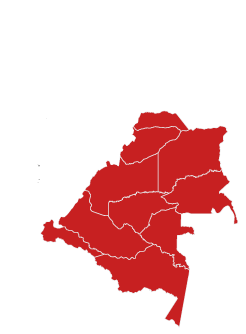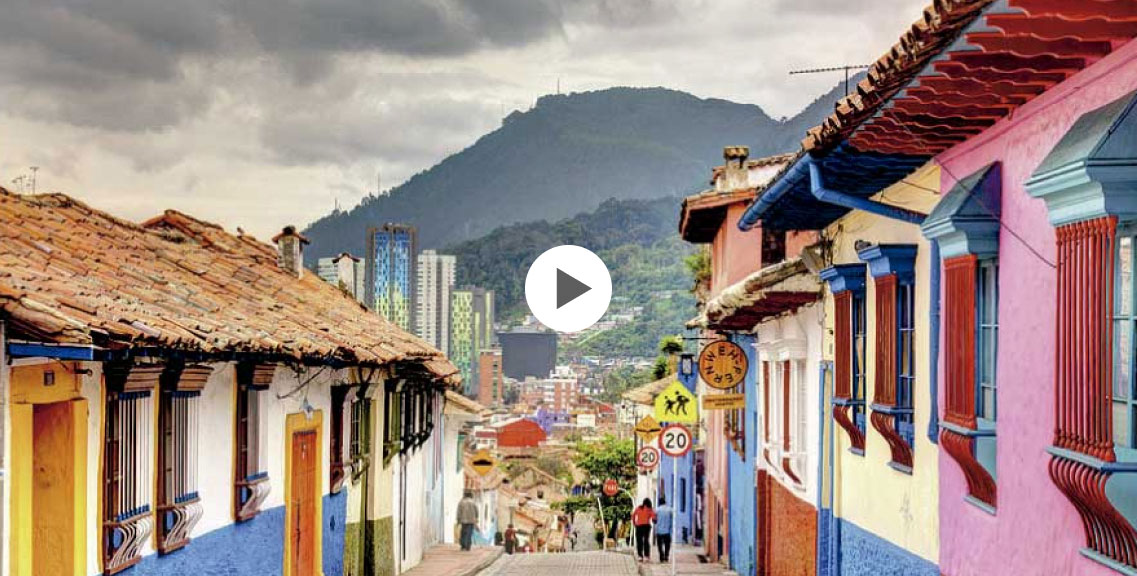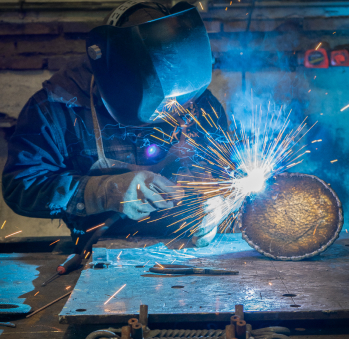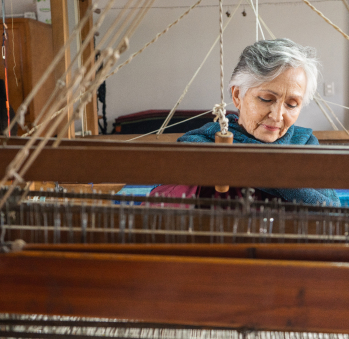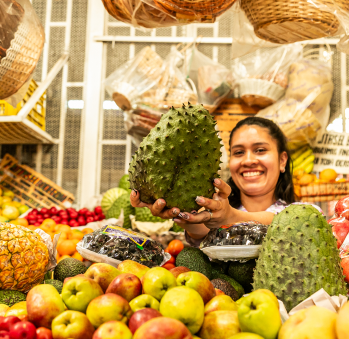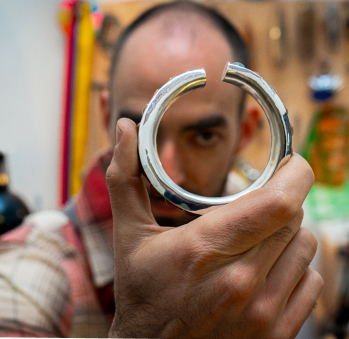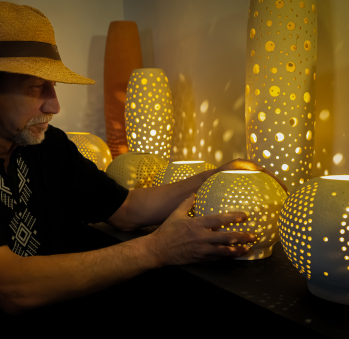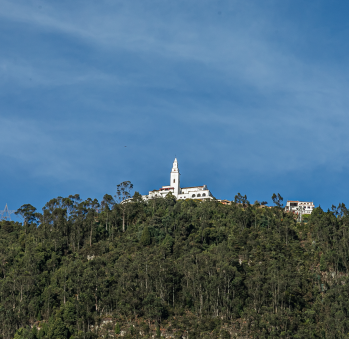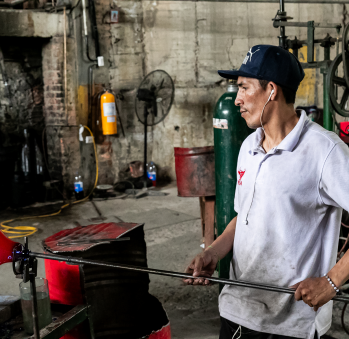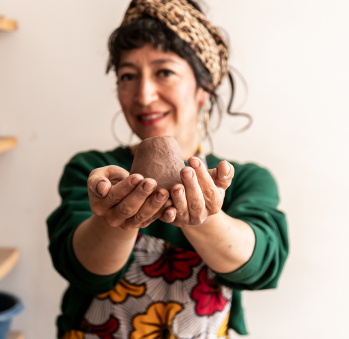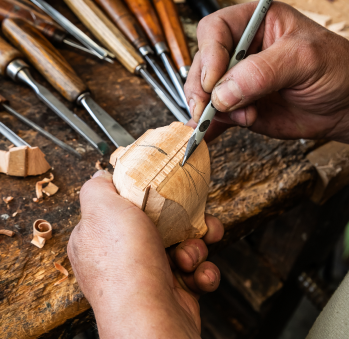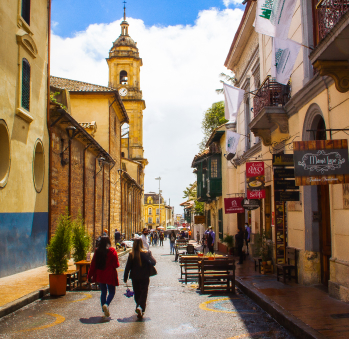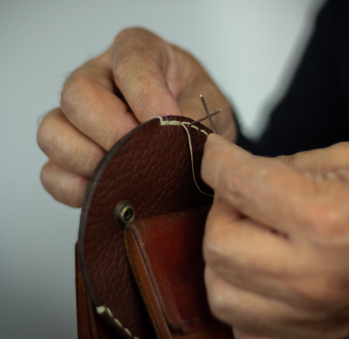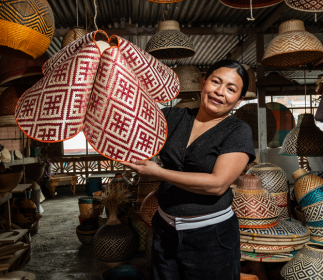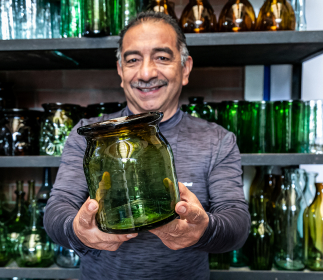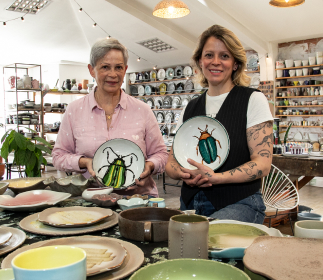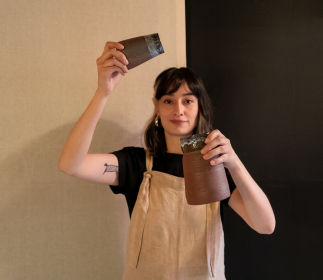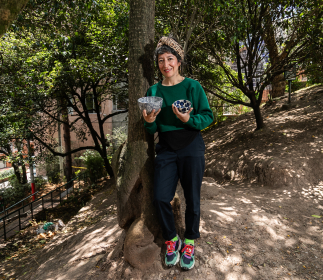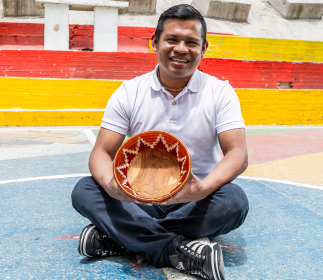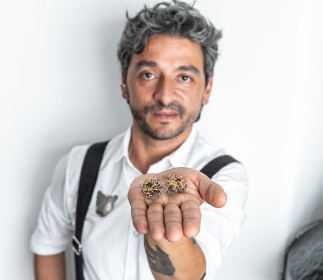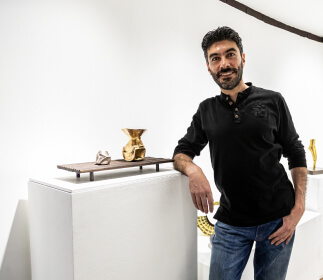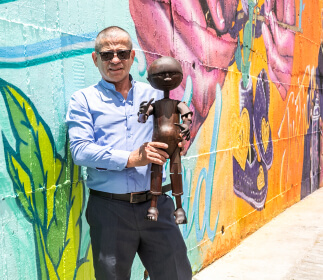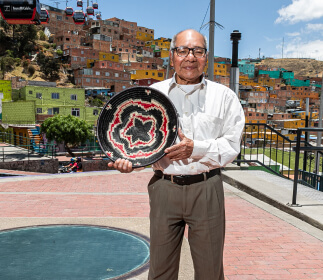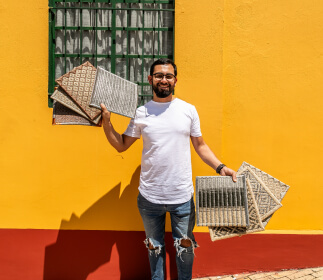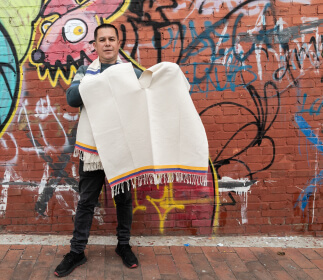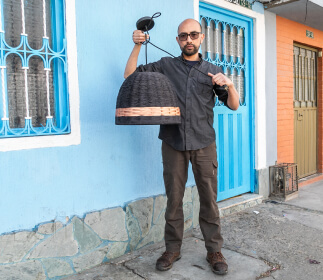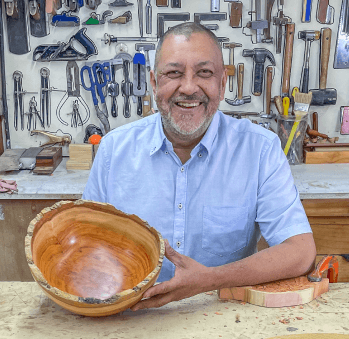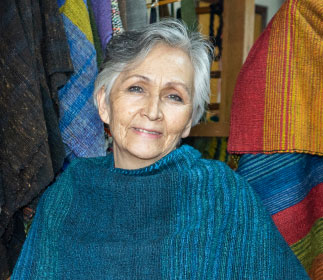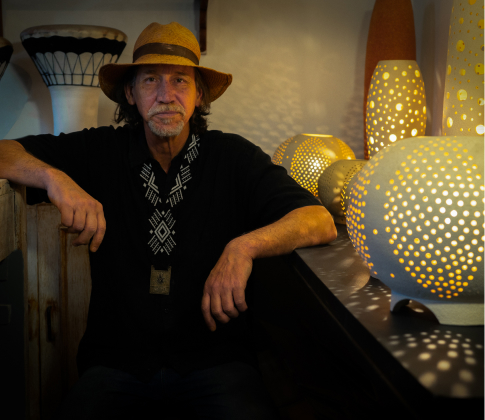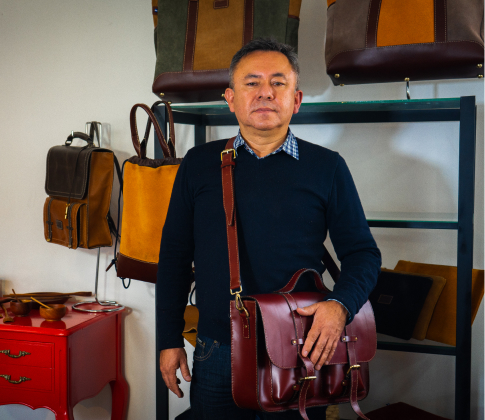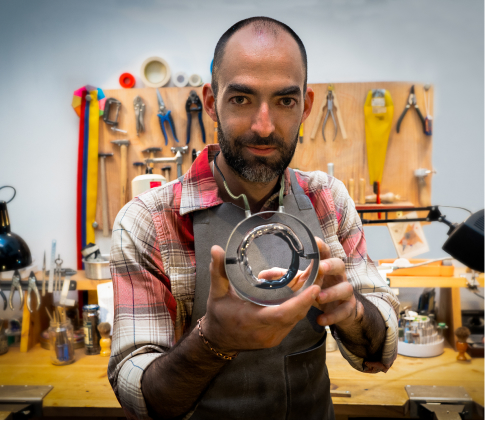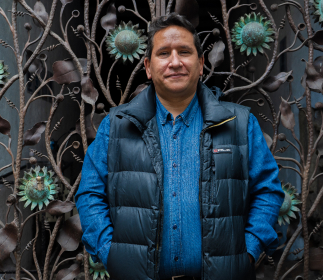Bogotá Route
Bogotá is one of the largest capital cities. It is the dynamic and cosmopolitan home of more than 8 million people. Some of its best-kept secrets lie in its handmade crafts. We invite you to travel back in time, slow down for a moment, and discover the pace at which people blow glass, mold metal and ceramics, spin yarn, work leather, and carve wool. The following is an experience that will show you how this enormous city makes every region come together and makes it possible to experience the present as being completely connected to the past.
Given the sheer size of the city, we suggest exploring Bogotá in several key areas, allowing you to spend two or three days in each and get an in-depth look at the local artisans’ workshops and their surroundings—both cultural and culinary, which are certainly worth discovering.
Embark on a journey full of history
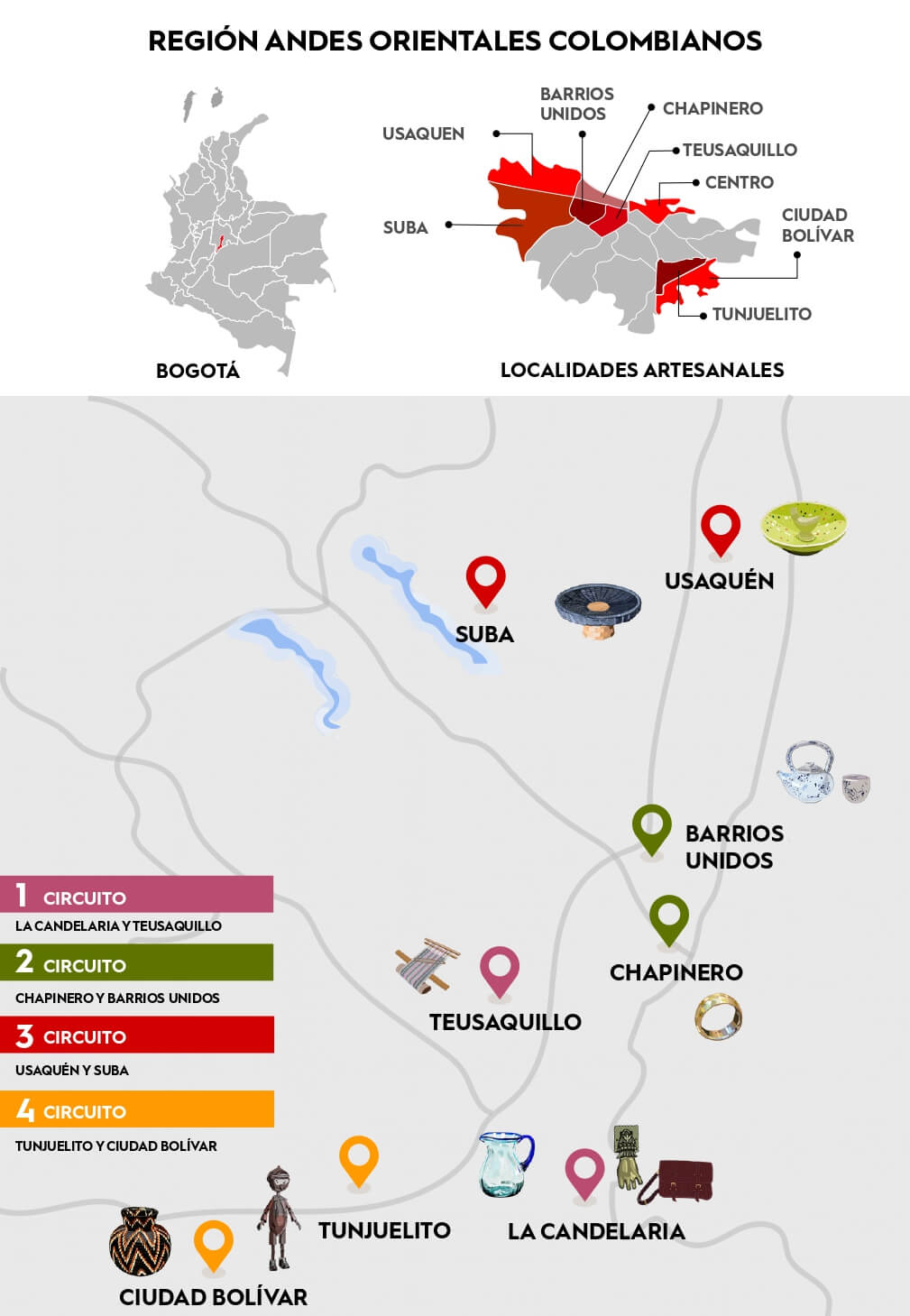
Artisans along the way
Artisans along the way
We recommended this tour
Schedule the visit in advance with the artisans.
Carry cash.
3-4 days
Car or Bus
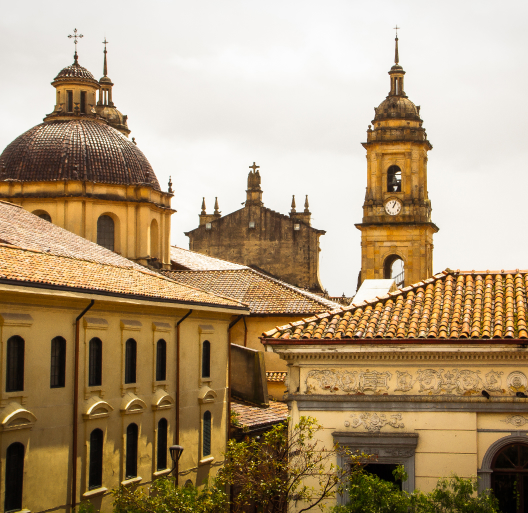
Downtown
For this first route, we recommend dedicating one or two days to the heart of Bogotá, and La Candelaria, our historic district. Here, you’ll discover a forge workshop led by Camilo Cote, a ceramics studio by Diego Añez and María Paula Giraldo, and a leatherwork shop by Édgar Beltrán. This is a great opportunity to admire the architectural traces of metal and clay in the rooftops, facades, and brick buildings. It’s also the perfect moment to taste the city’s iconic treats, including the delicious pastries at La Puerta Falsa. We want you to immerse yourself in the past that these streets propose, which are so different from the rest of the city, requiring you to slow down, walk, and carefully observe the signs of history. Stroll down Avenida Jiménez, also known as the Eje Ambiental, following the path designed by the renowned architect and urban planner Rogelio Salmona along the San Francisco River. At Carrera 2 and Calle 18, step into La Casa de Las Aguas and visit the Artesanías de Colombia store.
At the end of these walks through this vast area, we propose two options: You can head south to San Cristóbal, about 15 minutes away, to visit this emblematic neighborhood of glassmakers and learn the art of glassblowing with Alejandro Pachón. Alternatively, you can head back north, passing by the Bogotá Museum of Modern Art and the National Museum, and stop by Teusaquillo, an area still dotted with houses, low-rise buildings, and a lively neighborhood atmosphere. Here, you’ll meet Esperanza Torres and her sisters, nestled between the large Avenida 30 and the National University campus. This will be a peaceful moment of reflection, silence, and good conversation while watching them weave on their looms and perhaps giving this wool craft a try. To complete the journey, cross Avenida 30 and head up towards the hills, where you’ll find the Parkway, a bohemian-style avenue lined with cafes, restaurants, ice cream parlors, and parks. The area still has traces of English-style architecture worth visiting. Don’t miss a walk through Parque Brasil and its nearby streets.
Chapinero and The North
Further north, visit the ceramics workshop of Gabriela del Sol Abello in Chapinero in the morning. You can then head to the Artesanías de Colombia shop on Antiques Street. Afterward, spend several hours visiting three very distinct and marvelous jewelers: Alec Niño, Alexander Torres, and Simón Mazuera. The first two are located in the Zona Rosa and actually work in the same building, while Simón’s workshop is in the neighborhood of San Felipe, which was recently reestablished as an artistic district. There, you’ll find galleries and artist studios, and you could easily dedicate another day to exploring San Felipe and then visit master woodcarver Yecid Robayo in the 7 de Agosto neighborhood. Afterward, enjoy a lunch at the market square Italian restaurant or savor local flavors.
NORTHWEST: TOBERÍN AND SUBA
Now we suggest exploring the northwest of the capital. Start by visiting the Tybso ceramics factory in Toberín—an experience that will take your breath away. Before reaching there, stop by the beautiful Plaza de Usaquén, filled with restaurants, cafés, and flea markets. Next, head west via Suba, to El Rincón neighborhood, and explore the impressive workshop of José Alfredo Manzano, where he crafts laminated furniture and weaves fique. Nearby, you’ll find the Juan Amarillo and La Conejera wetlands, which are vital green lungs for the city. Finish the day in El Salitre, where Helberth Vera weaves metallic-thread rugs. Along the way, you’ll pass by Maloka, the Botanical Garden, Simón Bolívar Park, the Children’s Museum, and the Virgilio Barco Library.
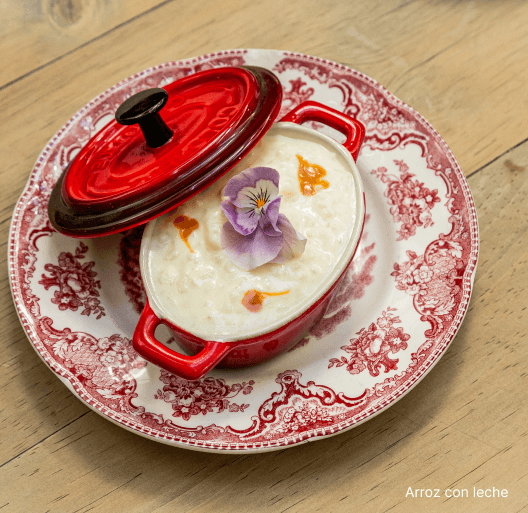
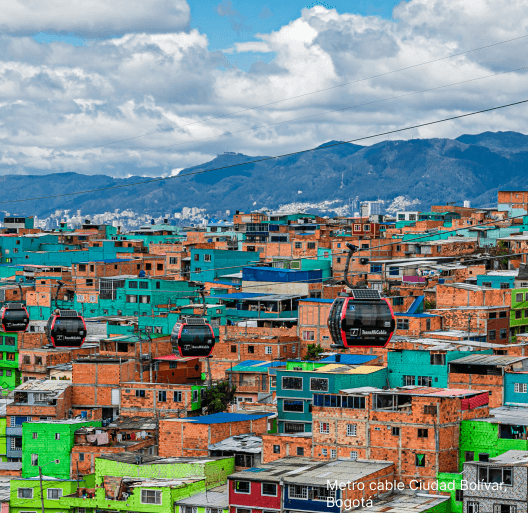
SOUTHWEST: TUNJUELITO AND CIUDAD BOLÍVAR
This part of the city will show you just how vast Bogotá is, as you’ll reach Ciudad Bolívar, a city within the city. Before that, we recommend stopping by Tunjuelito (you can stop at the Socorro Transmilenio Station) to see how ceramic artisan Laura Arias works. You’ll certainly learn a lot and have an amazing conversation with an amazing person. Then, continue on Transmilenio to Portal El Tunal Station and hop on the Cable car, or use any route recommended by the artisans. In this expansive area, you’ll discover how Reinaldo Niño, at Lucero de Vista Hermosa, weaves and how Nicolás Molano, at the Compartir neighborhood, carves, both high in the mountains. You’ll also meet several members of the Wounaan community, including Sercelinito Pirazá, at Vista Hermosa, and Arsenio Moya, at Brisas del Volador, master artisans working wonders with wérregue fibers. While you’re in this part of the city, we recommend visiting the Museo de la Ciudad Autoconstruida or Museum of the Self-built City, a community-run museum that tells the story of how the massive Ciudad Bolívar neighborhood came to be.
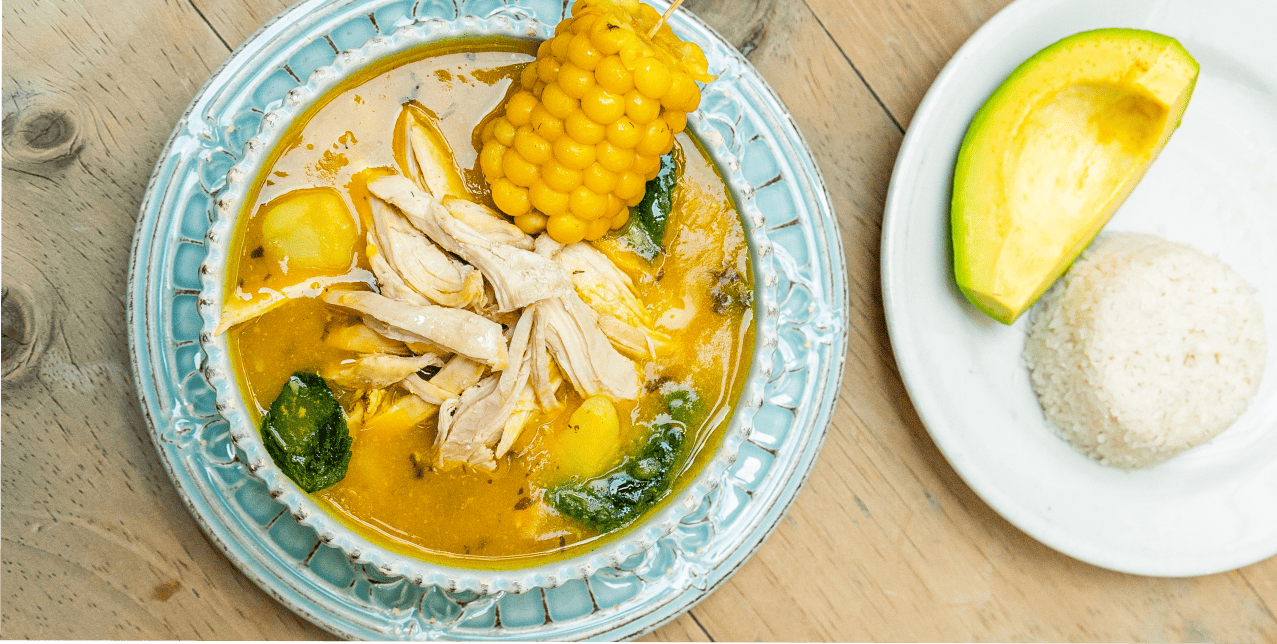
Traditional cuisine
and typical bites
Provoke yourself
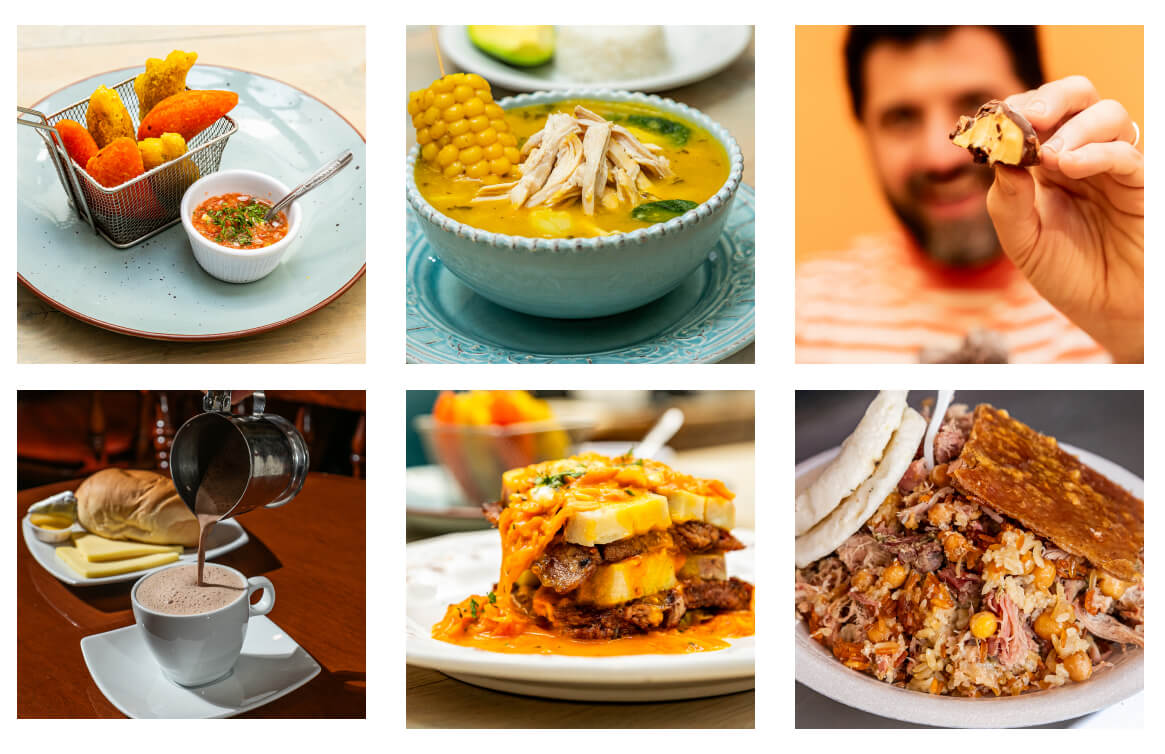
Don't leave without eating this 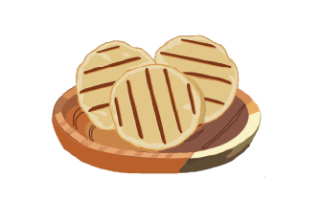
Ajiaco Santafereño: A traditional Bogotá soup made with three types of potatoes—criolla, pastusa, and sabanera—which give the dish its color, texture, and creaminess. It’s flavored with guasca (a wild herb from the savanna), corn on the cob, and chicken. It’s served with rice, avocado, sour cream, and capers. You can try this delicious dish at restaurants like La Puerta de La Catedral, Casa Mama Luz (both in La Candelaria), or Tolú at the Perseverancia Market, and you’ll leave fully satisfied. Other Bogotá classics with decades of tradition include La Herencia, Casa Vieja, El Pórtico (on the National Highway), Doña Elvira (celebrating 90 years of service), Andrés Carne de Res, and Casa Santa Clara at the top of Monserrate. For a twist, chef Jorge Rausch at Casa Palermo serves a unique take on ajiaco in an empanada.
Tamal: This is a popular breakfast or late afternoon snack, often served with sweet baked goods, cheese, and hot chocolate. Pastelería La Florida and La Puerta Falsa have been delighting Bogotanos and visitors for years with their tamales and traditional recipes.
To lunch we go 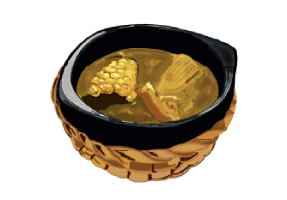
Fritanga: This hearty dish consists of a variety of grilled meats and sausages, such as pork, blood sausage, chorizo, pork cracklings, beef cuts, and offal, all served with salted potatoes, cassava, arepas, fried plantain, hogo (a fried vegetable sauce), chili, and guacamole. La Herencia offers a delicious version of Fritanga Sabanera, as does Doña Segunda in the 12 de Octubre Market.
Puchero Santafereño: Another hearty Bogotá dish, puchero is a one-pot stew made with beef and pork, plantains, yuca, potatoes, corn, sausage, and cabbage. It’s served with white rice, hogo, and avocado. You can try it at Doña Elvira, Casa Vieja, Santa Clara, or the Perseverancia Market.
For meat lovers, don’t miss Sobrebarriga (a cut of beef), served with hogo criollo or slow-roasted. Chef Harry Sasson prepares his version with an extra twist. It’s typically paired with smashed potatoes with sauce and cheese. La Herencia and Casa Vieja also offer excellent versions of this dish.
Flavors to discover and snack on 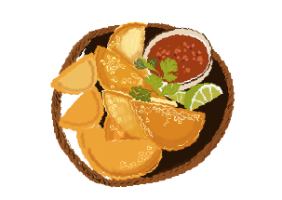
Bogotá-style Empanadas: These tasty snacks are made with corn dough, filled with a mixture of mashed potatoes and ground beef, then fried to golden perfection. They’re typically served with homemade chili sauce, made with onion, tomato, cilantro, and spices. La Herencia serves them as an appetizer, and you’ll find them at many places around the city, like Empanadas Típicas and El Kiosko.
Amasijos: These delicious dough-based treats are made with a mix of wheat and corn flour. They include buñuelos, almojábanas, arepas, and pandeyuca. These are essential in Bogotá households and are a hit with tourists, often accompanying various typical dishes. You can find these snacks at Pandebonitos de La Virgen, or at the Paloquemao, La Concordia, and 7 de Agosto markets. Some other places like Pan pa’yá, Mr Bono, and AutoPan also serve them. Enjoy them with a good cup of coffee, masato, or cold oatmeal drink.
To sweeten the palate and unmissable drinks 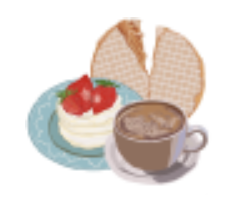
Helados Clemente: Known for their unique texture, these ice creams come in flavors inspired by traditional Colombian fruits like strawberries from Subachoque, wild blackberry, passion fruit, and mango lemonade. They also offer Clementinos, ice cream balls coated in 70% Colombian chocolate. You’ll find these delicious treats served in cones or cups.
Milhoja: A classic dessert made with layers of puff pastry, custard, and arequipe (caramelized milk). You can find it in many of Bogotá’s oldest pastry shops, like Pastelería La Florida in the city center, though every bakery has its own version.
Merengón: A meringue-based dessert topped with whipped cream and fresh fruit like soursop, peaches, or strawberries. It’s a crowd favorite, and you can find the best merengón at the La Concordia Market and La Perseverancia Market.
Arroz con Leche: A simple and delicious rice pudding made with rice, milk, sugar, and cinnamon. You can enjoy it at La Herencia along with other traditional desserts like figs and orange peels with caramelized milk. You’ll also find natas (cream desserts) and marquesitas at La Puerta Falsa and nearby restaurants. For even more options, head to Endulza tu Paseo in Torca (Chía Road), where you’ll find sweets made with rose petals. And in the Desert Street, (carrera 60 #66B) you’ll find TodoRico, offering a variety of sweets since 1970.
Fruit Sorbets: These thick, refreshing fruit drinks are made with milk and a variety of tropical fruits like feijoa, curuba, soursop, banana, passion fruit, guava, blackberry, and many more. They’re a must-try in markets like Paloquemao, La Concordia,
Perseverancia, and the 7 de Agosto market. It’s also common to find fruit salads topped with grated cheese, blackberry sauce, and even ice cream!
Chocolate Santafereño: A hot chocolate drink enjoyed in the mornings or afternoons, served with fresh cheese, almojábana, pan de queso, or buñuelos. Pastelería La Florida and La Puerta Falsa are two of the best places to enjoy this traditional Bogotá treat. You can have it with a tamal.
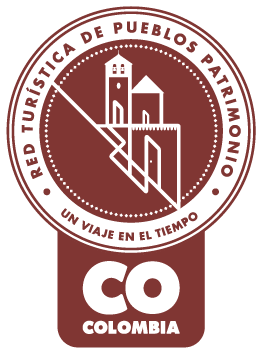
Pueblo Patrimonio
La Red Turística de Pueblos Patrimonio de Colombia es un programa especial del Ministerio de Comercio, Industria y Turismo, ejecutado por FONTUR, que trabaja con 17 municipios de Colombia que poseen declaratoria de Bien de Interés Cultural (BIC) a nivel nacional para su valoración y proyección mediante el turismo, generando así más oportunidades de desarrollo y sostenibilidad en las comunidades.
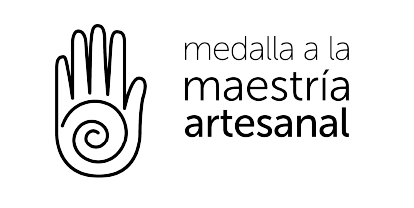
La Medalla a la Maestría Artesanal es un galardón que Artesanías de Colombia entrega anualmente, con el cual se hace un reconocimiento a aquellos artesanos, empresas y comunidades artesanales que, contando con una trayectoria destacada, sobresalen a nivel nacional por su excelencia en el oficio así como por preservar el quehacer artesanal.

Denominación de Origen
Es un signo distintivo que identifica productos reconocidos o famosos por tener una calidad o características específicas derivadas esencialmente del lugar de origen y la forma tradicional de extracción, elaboración y producción por parte de sus habitantes. La protección conferida sobre una Denominación de Origen implica que ninguna persona puede identificar con la denominación protegida productos iguales o similares a los amparados, cuando no provengan del verdadero lugar y no cumplan con las características o calidades que le han dado la reputación al producto reconocido. Las Denominaciones de Origen para productos artesanales colombianos que han sido protegidas por la Superintendencia de Industria y Comercio en nuestro país son actualmente 12.
No puede copiar contenido de esta página

